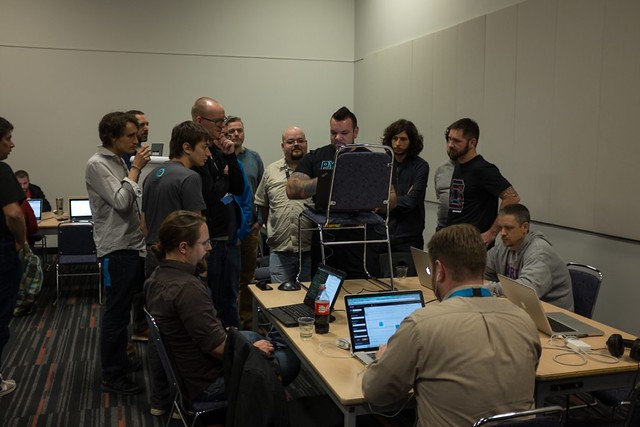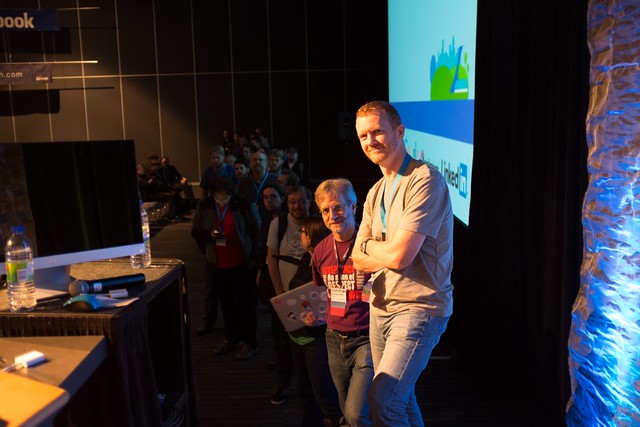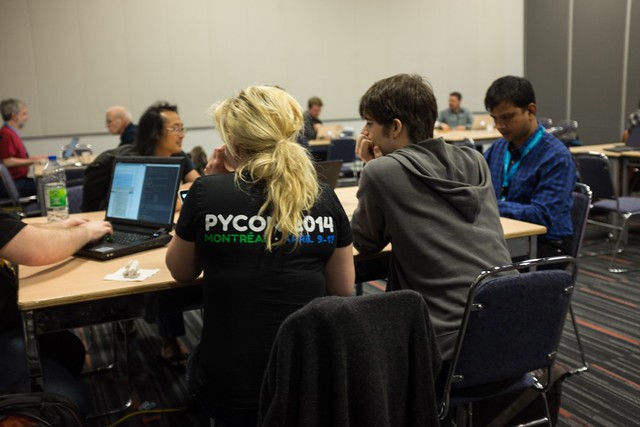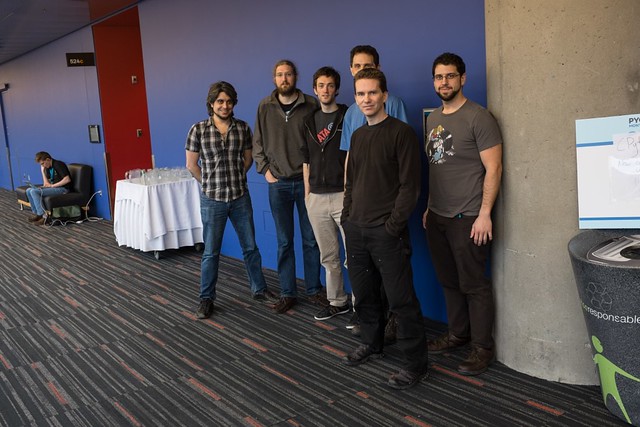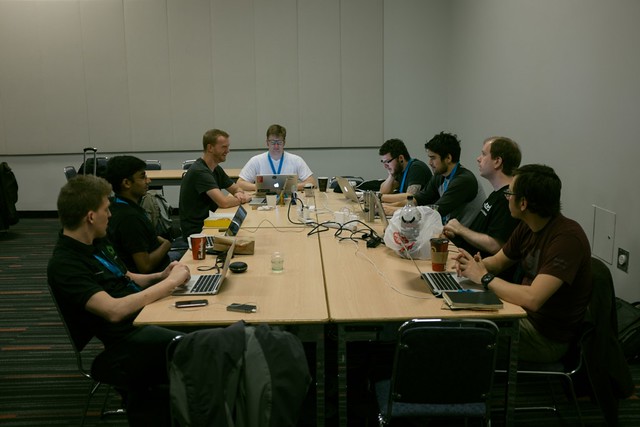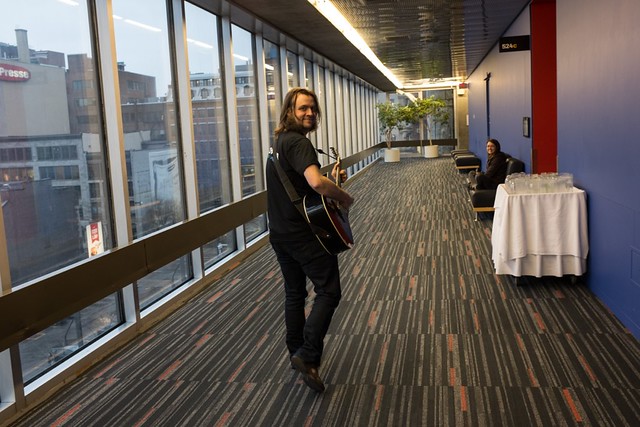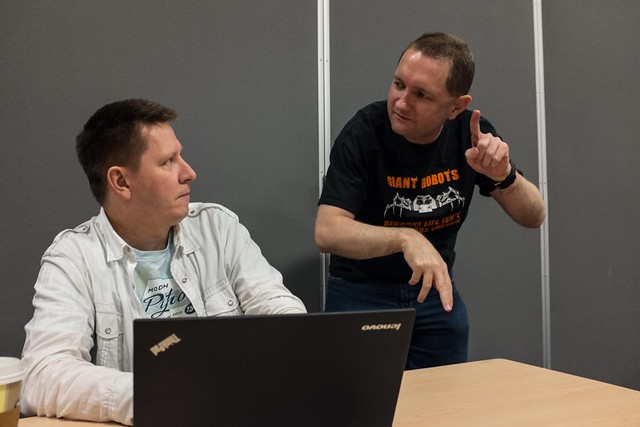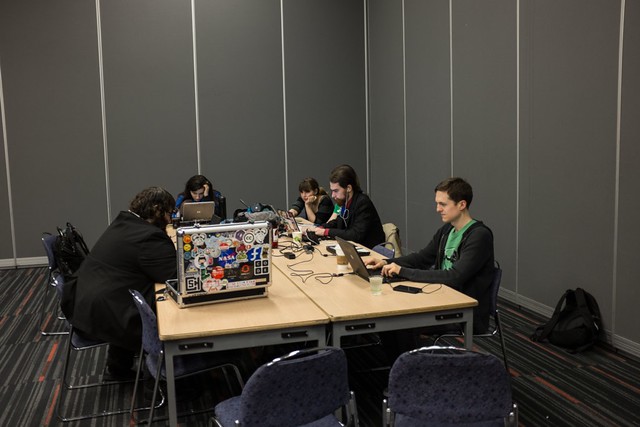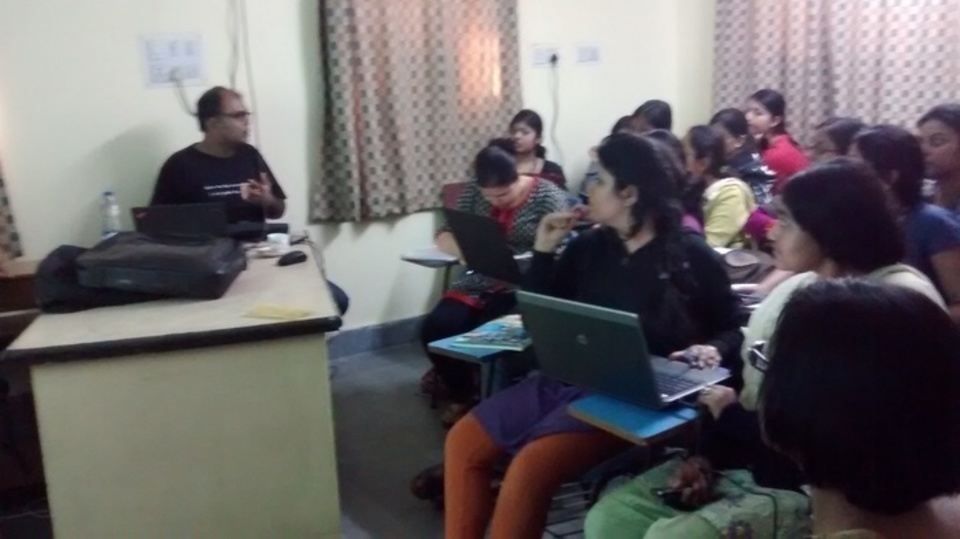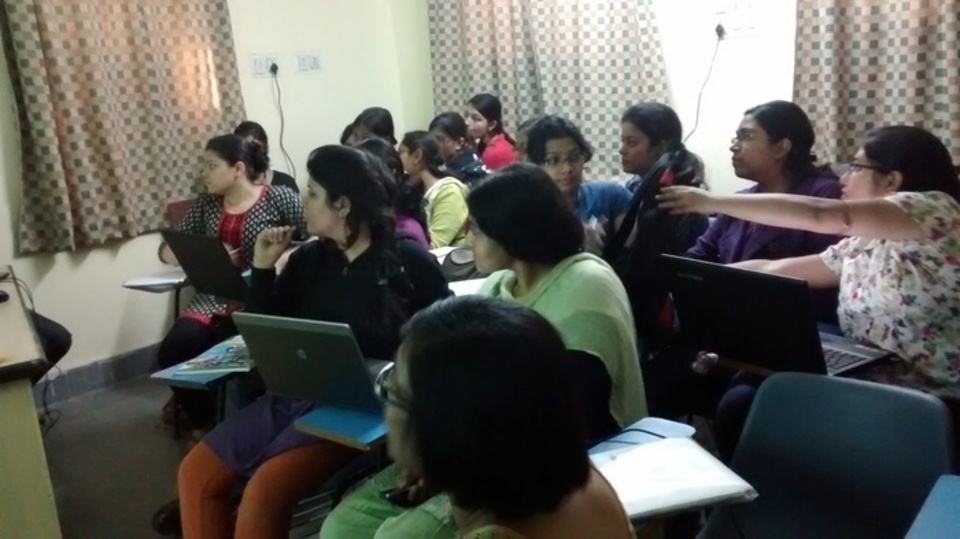FUDCON Pune 2015 CFP is open
FUDCON, the Fedora Users and Developers Conference is going to happen next in Pune, in India, from 26th June to 28th June in the Maharashtra Institute of Technology College of Engineering (MIT COE). The call for proposals (CFP) is already out and 9th March is the last date to submit a talk/workshop. If you are working on any upstream project, you may want to talk about your work to a technical crowd in the conference. If you are a student, and you want to talk about the latest patches you have submitted to the upstream project, this is the right place to do so. May be you never talked in front of a crowd like this before, but you can start doing this by submitting a talk in the FUDCON.
A few tips for your talk/workshop proposal
- Write about your intended audience, is this something useful for the students? or for the system administrators? Be clear about who are your target audience.
- Provide a talk outline, provide points about what all you want to speak, it is better that you provide a time estimate in the outline.
- What will the attendees get out of your talk?
- Provide links to the projects, source code, blogs, presentation you gave before. These will add more value to the presentation.
- Submit your proposal early, that way more people from the talk selection committee will be able to go through your talk proposal.
- Make sure you have a recorded copy of any demo you want to do on stage, because it is generally a bad idea to do a demo during a live talk. Things can go wrong very fast.
- Write your speaker biography properly. Do not assume that everyone knows you. Give links to the all other talks you gave before, any link to the recorded videos is also very nice thing to have in the biography.
- Make sure that you write your proposal for the attendees of your talk. They will be the measurement of success for the talk/workshop. (I am not talking about numbers, but the quality of knowledge sharing).
- Try to avoid giving a generic talk like introduction to Open Source/Linux.
- In case you are talking about any upstream project, choose a project where you have enough contribution in that project. That way the selection committee will know that you are a good person to give that talk. We know it is very tempting to talk about the latest fancy and shiny project, but please do so only if you are an upstream contributor.
- Please do not submit talks on your products. This is a community event, not a company meet.
- Write more in your talk proposal. It is never bad to explain or communicate more in a talk/workshop proposal.
In case you need help with your proposal, you can show it to the other community members before submitting it. You can always find a few of us in #fedora-india IRC channel.
So do not waste time, go ahead and submit a talk or workshop proposal.

